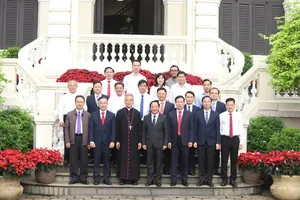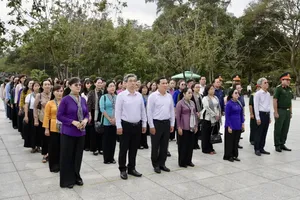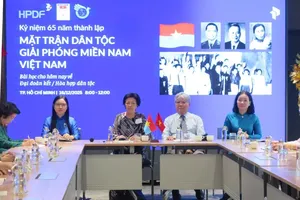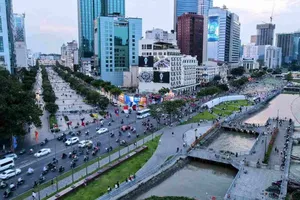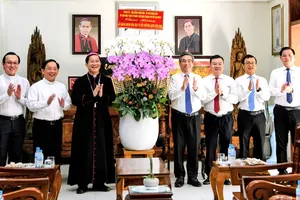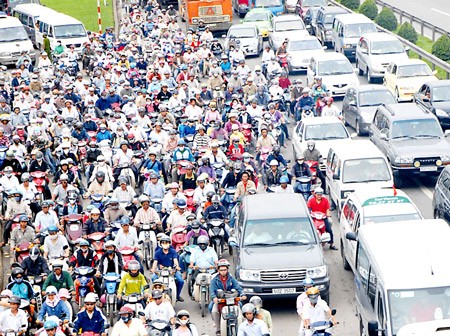
The statement was made yesterday by associate professor Dr. Pham Xuan Mai from HCMC Technology University at a forum on private vehicle use demand control, organized by the Department of Transport and HCMC Union of Science and Technology Associations.
According to Mr. Mai, motorbikes is the most road occupying part in all streets of the city. The vehicle limitation has been discussed for tens of years but unimplemented. That has been blamed for poverty.
He urged the city to materialize some measures to limit and prohibit motorbikes but stressed that the ban will be impossible if citizens do not have substitute vehicles. Therefore, public transport development must go one step ahead and be developed reasonably for citizens to participate in.
Motorbike ban needs the city to organize management of newly registered vehicles through motorbike purchase right certificates, circulation fee and traffic jam fee. The more motorcyclists travel near the center of the city, the higher fee they must pay on parking and environmental pollution.
Amid the current situation, buses and bus rapid transit (BRT) are the most suitable solution, he stated.
Sharing the same view with Mr. Mai, Dr. Luong Hoai Nam, economic expert, said that the city needed to replace motorbikes with buses in some streets to center areas. He prompted the municipal authorities basing on that cornerstone to build a detailed project and get citizens’ opinions before implementation.
If buses become a major public transport means, the roadmap for motorbike removal will be 10-15 years at the maximum. In addition, bus network development plans from now until the next 2-3 decades should be drawn up.
An effective bus network should have a popular walking distance from passengers’ homes to bus stations below one kilometer. Transit places should be built near future subway stations. Moreover bus businesses need good and professional management.
Synchronous traffic infrastructure
HCMC now have 7.5 million motorbikes, up by nearly two million compared to 2011. During peak time, the volume of motorbikes in streets reach 11 million an hour, accounting for 93 percent of the total traffic of vehicle types.
The city has an average of 910 motorbikes for every 1,000 citizens, which is said the highest ratio in the world. The rate of traffic jams caused by motorbikes is 71 percent.
Total damage caused by motorbikes for the city approximates US$6.18 billion a year, accounting for 13.4 percent the city’s gross regional domestic product (GRDP), higher than the GRDP growth rate of 7-8 percent a year.
Other delegates at the forum questioned what citizens will travel by if motorbikes are forbidden, whether public transport meets their demand. In case citizens do not obey the ban, how the city will tackle. Applying executive sanctions will be impossible while people's travel demand has been unsolved.
Mr. Le Trung Tinh, chairman of HCMC Interprovincial and Tourist Passenger Transport Association, said that some countries with sufficient public transport systems comprising metro, BRT and bus have motorbikes numbering less than one million. However they still determine to gradually eliminate motorbikes step by step from limiting their travel to destroying environmental unfriendly ones in a roadmap lasting 16 years.
He proposed the city to apply even and odd day travel solution, in which vehicles with even number plates will travel in even weekdays and those with odd numbers will run in the remaining days.
The chairman suggested collecting individual fee in traffic jam spots, imposing high parking fee in center areas and environmental fee, reclaiming and eliminating out of date and polluting motorbikes.
Dr. Tran Du Lich said that anti-traffic jam measures had been debated for years with no changes. Metro line construction would not settle traffic congestion if they were not connected with bus networks.
Professor Dr. Nguyen Ngoc Giao, chairman of HCMC Union of Science and Technology Associations, says that traffic jam and environmental pollution have threatened and challenged the city target of a civilized, modern and humane place with good living standards.
Hence, scientists, managers and authorized agencies should implement measures to build a model and draw a roadmap to control private vehicle use. Mr. Giao urged them to no longer discuss but to take actions.
About specific solutions, the association proposed the city to tighten management of newly registered motorbikes.
The city should focus on developing public transport system by 2030 and raising the ratio of citizens using the system to more than 60 percent. In addition, specific mechanisms should be developed for public passenger transport and detailed plans should be built for urban areas.
Concluding the forum, director of the Department of Transport Bui Xuan Cuong said that the agency received scientists and experts’ opinions. So far, it has worked with Transport Development and Strategy Institute to create a scientific foundation to give opinions about anti-traffic jam projects.


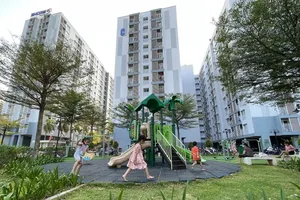

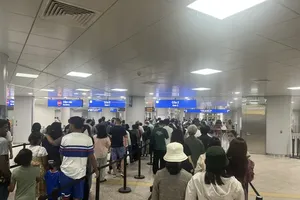
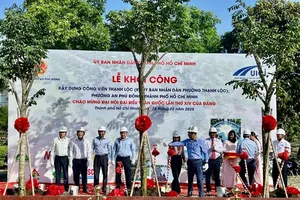

)

